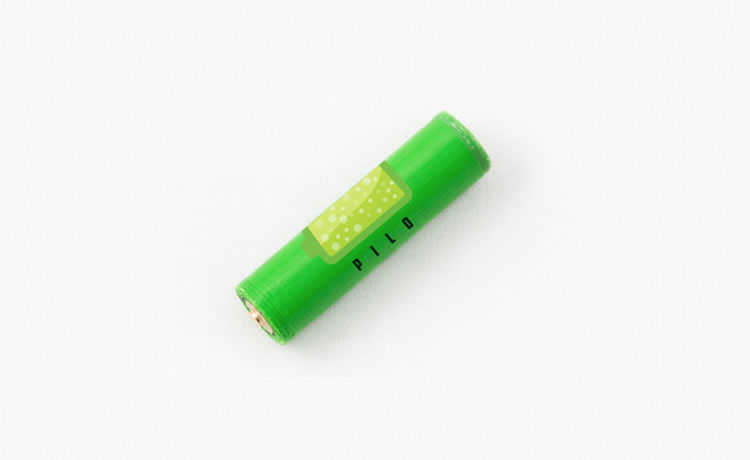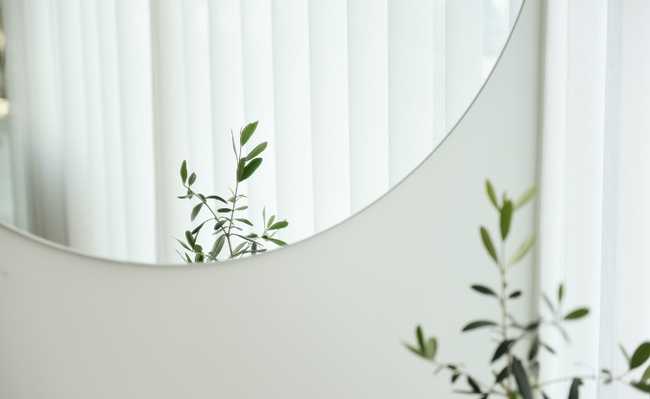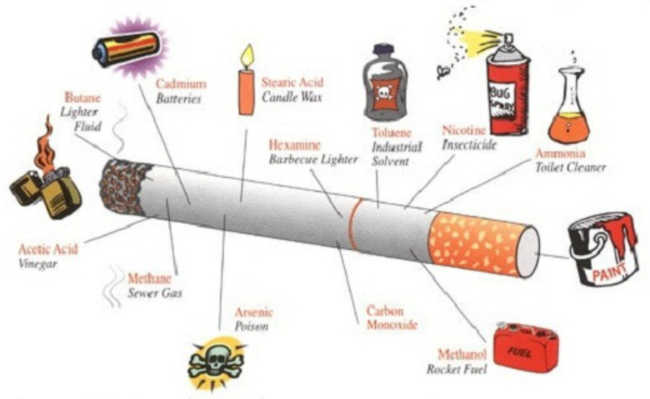Photovoltaic solar panel converts solar rays into electrical energy
Want to learn more about solar panels? Understand their types, functions and advantages

Have you thought about a more sustainable way to obtain energy? One of the alternative and renewable sources that has been growing and gaining more and more space among Brazilians is solar. Brazil is an excellent market for the energy sector, as the average solar radiation that falls on the country's surface is up to 2300 kilowatt-hours per square meter (kWh/m²), according to Cepel's Solarimetric Atlas.
Despite some incentives for the use of this type of renewable energy (important as it allows for a reduction in concerns regarding the reservoirs of hydroelectric plants, which in recent years have suffered from the lack of rain and excessive sunshine), they can still be observed some doubts among consumers and those interested in applying this system in their homes or in their businesses. How does it work? What is the cost of its installation? Is the financial return beneficial? Where to buy? The questions are many. Well, let's get to the answers!
A photovoltaic solar energy system (or “solar energy system” or even “photovoltaic system”) is a model in which the components of your kit work in order to capture solar energy and convert it into electricity. Learn more in the article: "What is solar energy and how does the process of generating electricity via solar radiation work?".
The energy produced can then be used to supply the electricity grid on a large scale, such as in solar plants (commercial energy sector), but it can also be generated on smaller, residential scales (solar energy for domestic use). In addition to the solar system for generating electricity, there is also one for thermal energy, which aims to use solar radiation to heat water.
Photovoltaic solar energy systems have some basic components, grouped into three different blocks: the generator block, the power conditioning block and the storage block. Each group is made up of components with specific functions.
- Generator block: solar panel; cables; support structure.
- Power conditioning block: inverters; charge controllers.
- Storage block: batteries.
But in all this, what is a photovoltaic solar panel? It is considered the heart of the systems and is part of the first block, that of energy generation. Its specific function is to convert solar energy into electricity. The number of solar panels needed varies depending on the household's energy demand.
How does the solar panel work?
Solar panels generate electricity from the sun in a very simple way. In addition to photovoltaic energy being considered clean as it does not generate waste beyond the plates and does not cause damage to the environment, the panels that transform sunlight into electrical energy require minimal maintenance. A photovoltaic solar panel is formed by a set of photovoltaic cells that have electrons (negatively charged particles that rotate around the nuclei of atoms) and these, in turn, when hit by solar radiation, move generating an electric current. For this reason, periodic inspections are necessary to check for accumulation of dust, leaves, or other interference (such as bird debris) on the panel . Usually rain is enough to keep the panel free of debris, but when it is not, just clean it with a damp cloth and neutral detergent, always using rubber gloves and checking for loose or oxidized wires (which happens mainly in wetter or salty regions) to avoid accidents.
Size and lifespan
The sizes and weights of solar panels are quite variable. There are many types and variations, but a panel is, on average, approximately one square meter, and weighs just over 10 kilos. A panel of these proportions has about 36 photovoltaic cells, being capable of producing around 17 volts, and a power of up to 140 watts.
Existing models generally range from five to 300 watts of maximum power, depending on the purpose of their use, and the technology adopted. In addition, several photovoltaic panels can be installed, which can be arranged in different ways, allowing you to work with many variations of solar energy systems. A solar panel has a useful life of approximately 25 years, being very practical as it does not need heavy maintenance (remembering that other system components can have a longer or shorter lifespan compared to this one). The return on investment time in the photovoltaic system is variable, and depends on the amount of energy the property requires. Despite this, the advantage of the home system is the economy: once this payback time is reached, the energy bill no longer needs to be paid. Solar energy that turns into “free” electricity! A lot of money can end up in savings rather than being spent without much benefit.
There are three basic types of photovoltaic solar panels
Monocrystalline solar panel

They have a high yield, and are made of monocrystalline silicon cells, that is, each cell is formed by a single crystal of this element. The manufacturing process of these panels is complex, as it requires the production of single crystals of high purity silicon for each photovoltaic cell.
Polycrystalline solar panel

Less efficient than the previous panel; in polycrystalline, cells are made up of several crystals, not just one. The end result is a photovoltaic cell that looks like broken glass.
thin film panel

The photovoltaic material is deposited directly on a surface (which can be metal or glass) to form the panel. Despite being cheaper, they have a much lower energy efficiency, making it necessary a much larger area to compensate.
How to choose?
The choice of the type and number of panels to be installed depends on several aspects, such as:
- Energy demand;
- Purpose of energy use;
- System installation location ;
- Available space.
Where to install?
Residential solar panels are usually installed on roofs (rooftop), however, you should be aware of some recommendations:
- The generation of electricity by solar panels can be harmed by winds, shadows and reflective surfaces, which interfere, reducing the efficiency of the process;
- It is important that there is good air circulation in the place so that the cells do not overheat;
- The roof must be resistant to the weight of the panels.
The tilt and orientation of the panels can also interfere with their efficiency. In the case of Brazil, located in the Earth's southern hemisphere, the installed solar panel must face true north (which is not the same north as given by the compass). For northern hemisphere countries, the solar panel must be facing true south. Magnetic north, where a standard compass points, is aligned with the Earth's poles and is constantly moving, albeit light. True north is what you see on a paper map and is constant.
See more about installing solar energy in your home. See also the video on how the solar panel works (in English).Remember to ensure that the components used are certified by the National Institute of Metrology, Quality and Technology (Inmetro), which implemented Ordinance No. 357 in 2014, with the objective of establishing rules for the generation equipment. Photovoltaics .
Solar energy is one of the most promising renewable resources in Brazil and in the world, as it causes minimal environmental impacts and reduces consumers' carbon footprint - they will be minimizing their emissions by choosing a way of obtaining energy with low harmful potential.
Unfortunately, there are still few incentives and financing lines for this type of energy in Brazil, which are still difficult to access and have little applicability. It is expected that, with the increase in the consumption of photovoltaic energy systems, new incentives will emerge, more applicable and accessible to common housing.
Disadvantages
Although the use of solar energy is considered clean, the use of solar panels can be problematic. This is because, in addition to being expensive, specialists are already concerned about what will be done with thousands of solar panels at the end of their useful life.
Japan's Ministry of Environment has warned that by 2040, the country will produce 800,000 tons of solar waste.
The International Renewable Energy Agency estimated that by 2050 the number of solar panels will be 75 million, weighing 250,000 tons. Which can be a big problem in terms of solid waste, according to scientists.
How are solar panels recycled?
Recycling solar panels is not yet economically viable. Although they have valuable materials such as copper and silver, they are not worth as much as cell phones and other devices.
Because of this, the Electric Energy Research Institute claims that the best solution for the fate of solar panels, for now, is landfill.
However, in the state of Washington, in the United States, legislation was passed that requires solar panel manufacturers to have a recycling plan for their products.
In Europe, the first solar panel recycling plant was inaugurated in June 2018.










